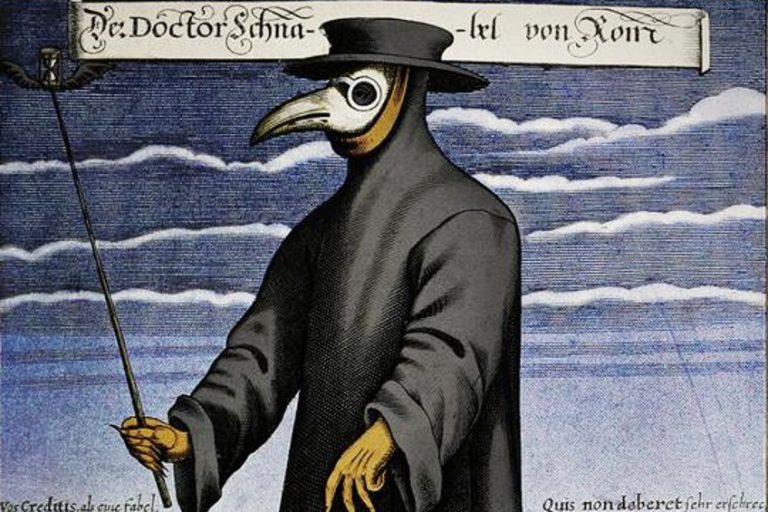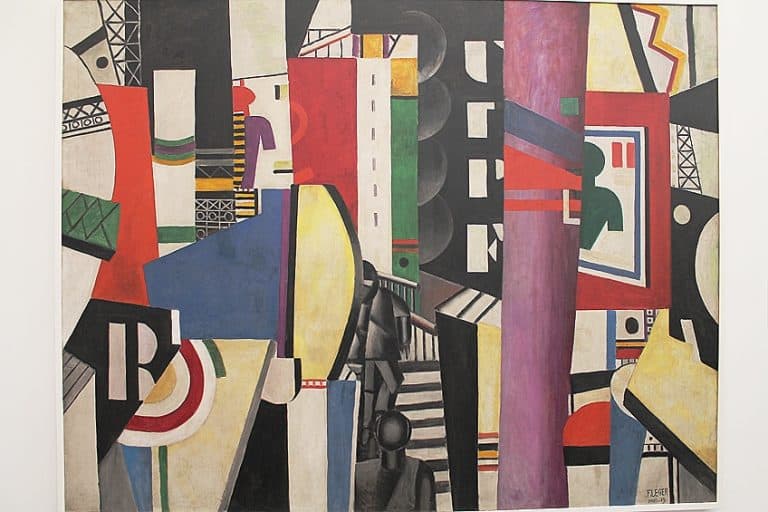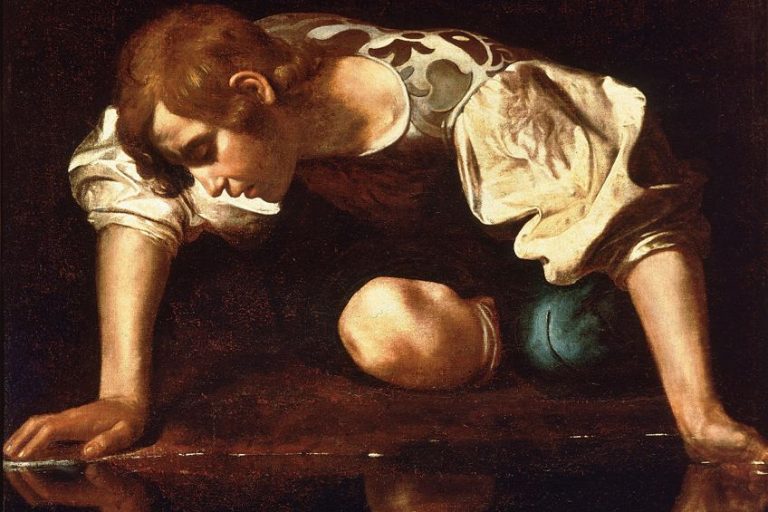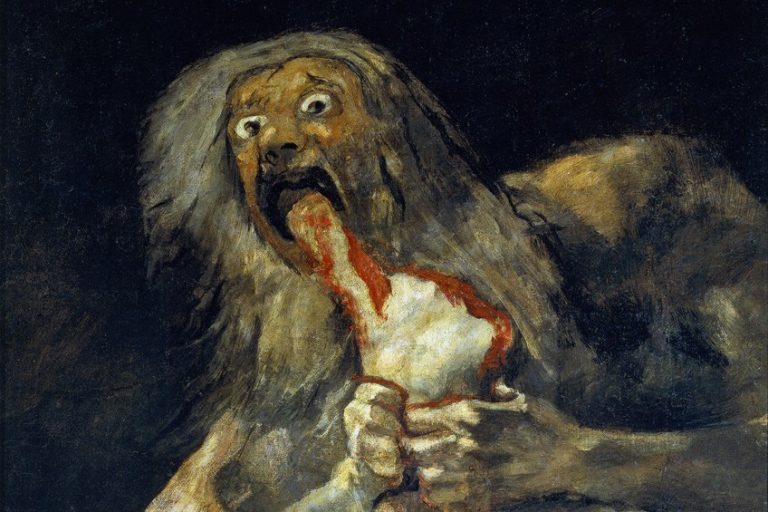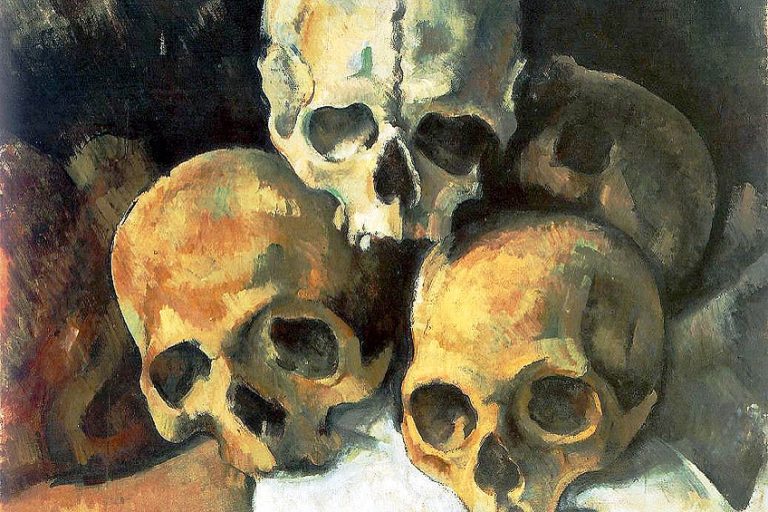The Last Judgment by Hieronymus Bosch – Decoding this Artwork
Hieronymus Bosch’s “The Last Judgment” stands as one of the most haunting and intricate triptychs in art history, created after 1482 and now housed in the Academy of Fine Arts in Vienna. The oil on panel painting vividly depicts the Christian concept of divine judgment, with the upper section showing Christ in majesty while the lower two-thirds portray the torments of the damned with Bosch’s characteristic grotesque imagery and moral symbolism. Bosch’s masterful technique and imagination created a work that continues to captivate viewers with its detailed scenes of human sin and divine retribution, establishing it as a cornerstone of Northern Renaissance art that still provokes discussion about mortality and ethics over five centuries later.
Key Takeaways
- Bosch’s triptych “The Last Judgment” depicts Christ presiding over humanity’s final reckoning with extraordinary detail and symbolic imagery.
- The painting employs fantastical creatures and scenes of torture to graphically illustrate the consequences of human sin.
- This masterpiece of Northern Renaissance art combines religious teaching with psychological insight that continues to influence artists and thinkers today.
| Artist | Hieronymus Bosch (c. 1450 – 1516) |
| Date Painted | c. 1482 – 1505 |
| Medium | Oil on wood panels |
| Genre | Religious / Allegorical |
| Period / Movement | Early Netherlandish / Northern Renaissance |
| Dimensions (cm) | 163 x 250 (center panel) |
| Series / Versions | Multiple versions attributed; Vienna version most famous |
| Where Is It Housed? | Academy of Fine Arts, Vienna |
| What It Is Worth | Considered priceless; not for sale |
Thematic Analysis
Bosch’s “The Last Judgment” serves as a powerful moral warning through its intricate symbolism and stark contrasts. The triptych explores humanity’s ultimate fate, presenting vivid depictions of divine judgment and eternal consequences.

The Concept of Last Judgment
The painting centers on Christ as the divine judge, seated on a rainbow while determining the fate of souls. This positioning emphasizes his role as the ultimate authority over mankind’s destiny. Bosch deliberately created a crowded composition to suggest the universal nature of judgment, where no soul escapes divine scrutiny.
The work was likely intended as a didactic tool, compelling viewers toward self-examination and moral reflection. The central panel particularly emphasizes this theme, depicting the moment when souls face their eternal fate.
Unlike more traditional interpretations, Bosch’s version features more damned souls than saved ones, reflecting his pessimistic view of humanity’s moral condition. This proportional choice serves to amplify the painting’s warning message.
Depiction of Heaven and Hell
Bosch’s representation of Paradise appears relatively modest compared to his elaborate portrayal of Hell. Heaven occupies only a small portion of the upper left panel, showing the blessed in simple, peaceful scenes.
In stark contrast, Hell dominates the composition with grotesque hybrid creatures, bizarre torture devices, and vivid depictions of eternal punishment. Bosch created an astonishing variety of torments, each seemingly tailored to specific sins.

The hellscape features innovative visual metaphors for suffering, including musical instrument tortures and monstrous creatures devouring sinners. These elements demonstrate Bosch’s extraordinary imagination and his ability to visualize abstract theological concepts.
The Hell scenes employ a distinctive color palette of fiery reds, murky browns, and sickly greens, creating an atmosphere of chaos and dread. This visual approach intensifies the emotional impact of the painting’s moral message.
Artistic Features
The Last Judgment by Hieronymus Bosch showcases remarkable artistic innovations that have captivated viewers for centuries. Bosch’s mastery of symbolic imagery and technical execution creates a visual narrative that is both terrifying and mesmerizing.
Composition and Symbolism
The triptych format allows Bosch to present a complete spiritual narrative across three panels. The central panel depicts The Last Judgment itself, with Christ seated in judgment at the top while chaos unfolds below.
Paradise appears on the left panel, portrayed as a serene garden reminiscent of Eden. This contrasts sharply with the right panel depicting Hell, where Bosch’s imagination truly flourishes with grotesque hybrid creatures and elaborate tortures.
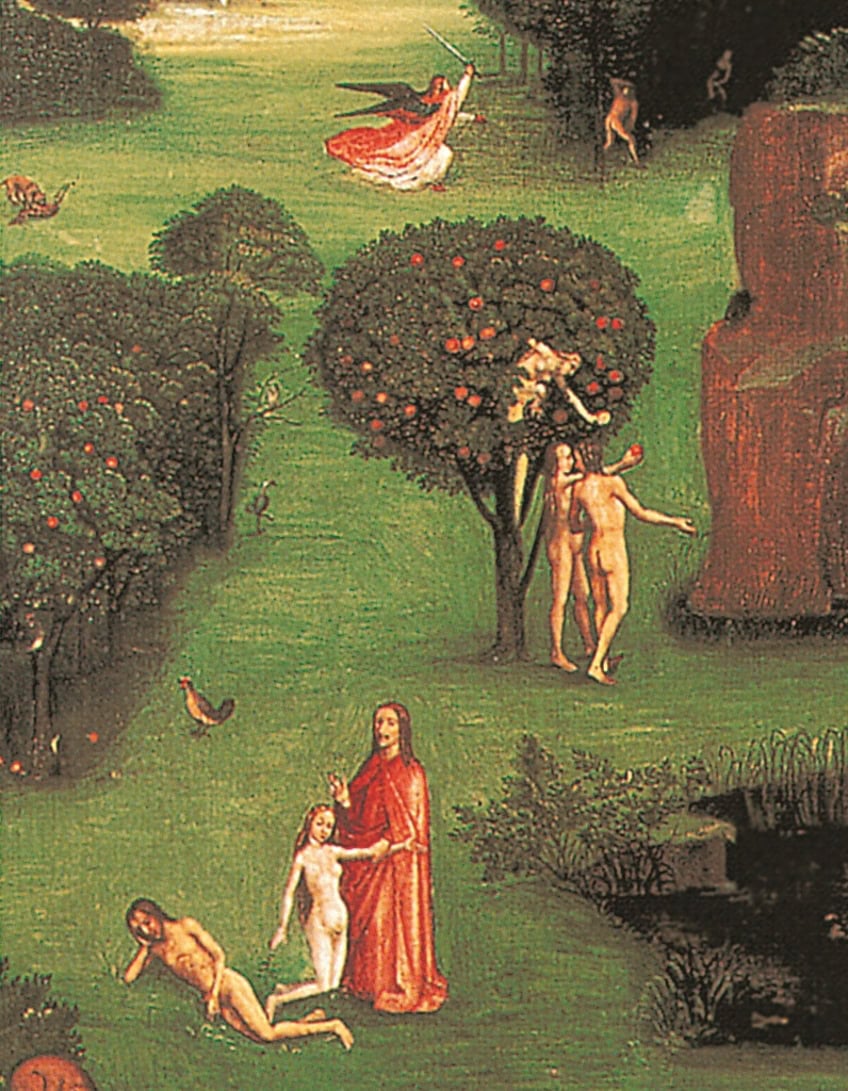
Symbolic elements appear throughout the work. Musical instruments often represent sensual pleasures and temptation, while everyday objects take on sinister meanings in the hellish landscapes.
Bosch fills approximately two-thirds of the painting with scenes of torture and suffering, creating a powerful warning about sin’s consequences. His demons and monsters often combine human, animal, and mechanical elements in disturbing ways.
Use of Color and Technique
Bosch achieves remarkable color brilliance through his masterful oil painting technique. The fiery reds and oranges of Hell contrast dramatically with the cool blues and greens of Paradise.
His meticulous attention to detail extends to the smallest elements of the composition. Tiny figures engage in bizarre activities that reward close examination and repeated viewing.
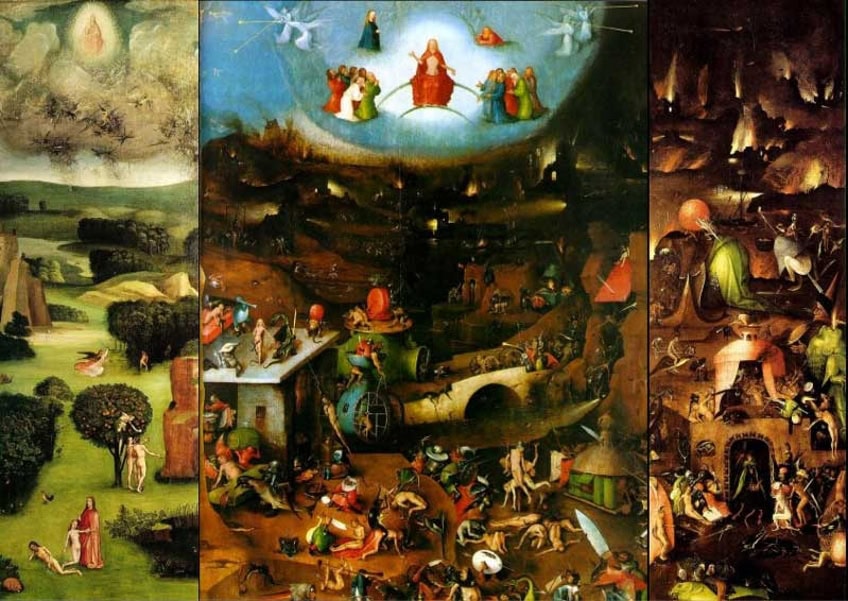
The artist employed thin, transparent glazes to build up luminous color, particularly evident in the heavenly scenes. This technique allows light to penetrate multiple layers of paint and reflect back to the viewer.
Bosch’s fine brushwork creates textures ranging from smooth heavenly clouds to the rough, craggy landscapes of Hell. His ability to render both delicate and grotesque elements with equal precision demonstrates his exceptional technical skill.
Dark outlines define forms clearly while maintaining a dreamlike quality throughout the work. This distinctive approach influenced generations of artists and continues to captivate modern viewers with its visionary power.
Historical Context
Hieronymus Bosch painted “The Last Judgment” after 1482, during a period of significant religious anxiety in Northern Europe. This triptych reflects the Late Medieval preoccupation with mortality, sin, and divine judgment that intensified as the 15th century drew to a close.
Bosch worked during a time when the Catholic Church’s influence permeated every aspect of life. Religious imagery served not only aesthetic purposes but functioned as powerful visual sermons for largely illiterate populations.
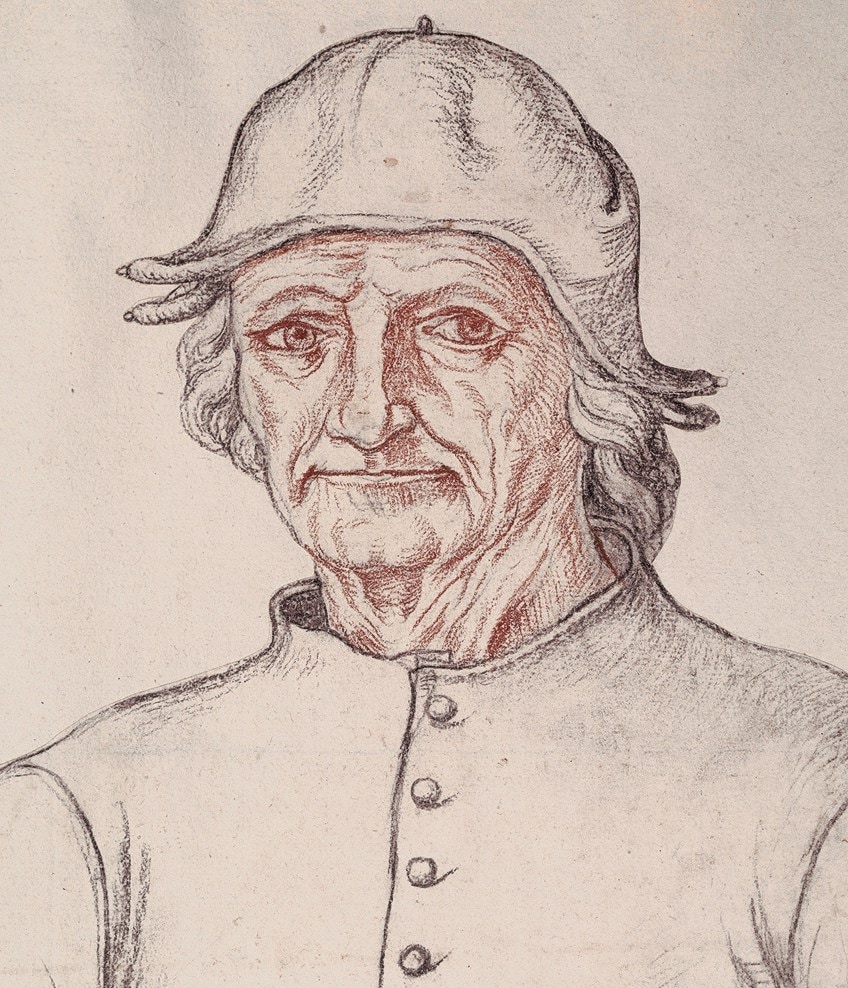
The triptych format Bosch employed was traditional for altarpieces, featuring panels that could be opened for special occasions or closed during ordinary times. His choice of oil on panel—the preferred medium of Netherlandish painters—allowed for remarkable detail and luminous effects.
Late Medieval Europe was experiencing profound social changes, including plagues, wars, and economic upheaval. These conditions fostered apocalyptic thinking that informed Bosch’s vivid depictions of divine judgment and hellish torments.
The artist’s hometown of ‘s-Hertogenbosch was a thriving cultural center where he would have been exposed to religious processions, mystery plays, and public executions—all of which may have influenced his grotesque imagery.
Unlike many contemporaries who depicted the Last Judgment with formulaic compositions, Bosch introduced startling innovations. His phantasmagorical scenes broke with convention while still conveying traditional Christian messages about sin and salvation.
Critical Reception and Influence
Hieronymus Bosch’s “The Last Judgment” has garnered significant attention from art historians since its creation. The triptych, housed in the Academy of Fine Arts in Vienna, exemplifies Bosch’s unique artistic vision that challenged conventional religious imagery of his time.
Critics have noted Bosch’s distinctive approach to apocalyptic themes. Unlike contemporaries who emphasized redemption, Bosch focused on the omnipresence of evil and the remoteness of holy figures, presenting Christ as a remote judge rather than a merciful savior.
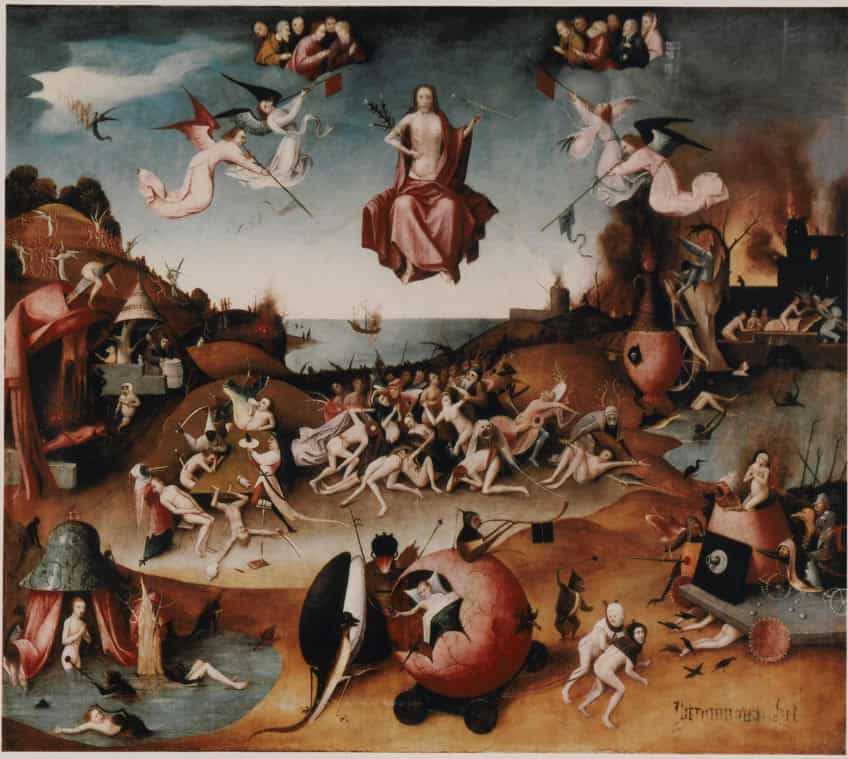
The work’s influence extends beyond its time period, inspiring generations of artists with its inventive depictions of monsters and torments. Art prints of Bosch’s nightmarish scenes became highly sought after as his reputation grew posthumously.
German artists were particularly receptive to Bosch’s imaginative style. While Albrecht Dürer approached religious subjects with mathematical precision, Bosch’s phantasmagorical approach offered an alternative that resonated with expressionists and surrealists centuries later.
Classic prints publishers have consistently featured “The Last Judgment” in their collections, cementing its place in the Western art canon. The triptych’s complex symbolism continues to invite new interpretations from scholars.
The affective viewing experience created by Bosch’s monsters transforms the traditional “choice” narrative of judgment scenes. Viewers are confronted not just with moral decisions but with visceral emotional responses to the depicted horrors.
Conservation and Display
The Last Judgment triptych by Hieronymus Bosch is housed at the Academy of Fine Arts in Vienna, Austria, where it has undergone several conservation efforts to preserve its delicate details. The painting’s fine surface texture presents unique challenges for conservators who must balance preservation with accessibility.
In the early 2000s, extensive pigment analysis was conducted to better understand Bosch’s techniques and materials. This research has proven invaluable for ongoing conservation work, helping specialists identify original sections versus later additions or repairs.
The Academy utilizes specialized lighting systems to protect the painting while still allowing visitors to appreciate its intricate details. The controlled environment maintains stable temperature and humidity levels to prevent deterioration of the wooden panels and paint layers.
Modern conservation methods include digital documentation using high-resolution imaging. These techniques help conservators track changes in the painting’s condition without invasive procedures.
When displayed, the triptych is often mounted against fine art pasteboard backing for structural support. The Academy has experimented with various display methods including specialized non-reflective glass that protects the artwork while minimizing visual barriers for viewers.
The conservation team regularly uses fine art baryta paper for documentation purposes, creating archival records of the painting’s condition. Sustainable production practices are increasingly emphasized in the museum’s conservation approach.
Vienna’s Academy has become a center for Bosch scholarship, with international experts frequently collaborating on conservation techniques specific to Northern Renaissance panel paintings.
Frequently Asked Questions
Bosch’s masterpiece provokes many inquiries regarding its unique characteristics and lasting impact on art history. Viewers are often struck by the painting’s complex symbolism and nightmarish imagery.
What are the distinctive features of Bosch’s ‘The Last Judgment’ triptych?
The triptych showcases Bosch’s extraordinary imagination through densely populated scenes filled with unique creatures and bizarre torture devices. The central panel vividly portrays the judgment of souls with intricate details of punishment for the damned, including distinctive imagery like toads that often appear as tormentors.
How has ‘The Last Judgment’ influenced the perception of Bosch’s work?
This apocalyptic masterpiece cemented Bosch’s reputation as a visionary artist capable of bringing nightmarish moral warnings to life through detailed fantastical imagery. The work’s unflinching depiction of divine retribution has made it an enduring reference point for understanding medieval concepts of sin and punishment.
Isabella studied at the University of Cape Town in South Africa and graduated with a Bachelor of Arts majoring in English Literature & Language and Psychology. Throughout her undergraduate years, she took Art History as an additional subject and absolutely loved it. Building on from her art history knowledge that began in high school, art has always been a particular area of fascination for her. From learning about artworks previously unknown to her, or sharpening her existing understanding of specific works, the ability to continue learning within this interesting sphere excites her greatly.
Her focal points of interest in art history encompass profiling specific artists and art movements, as it is these areas where she is able to really dig deep into the rich narrative of the art world. Additionally, she particularly enjoys exploring the different artistic styles of the 20th century, as well as the important impact that female artists have had on the development of art history.
Learn more about Isabella Meyer and the Art in Context Team.
Cite this Article
Isabella, Meyer, “The Last Judgment by Hieronymus Bosch – Decoding this Artwork.” Art in Context. April 3, 2025. URL: https://artincontext.org/the-last-judgment-by-hieronymus-bosch/
Meyer, I. (2025, 3 April). The Last Judgment by Hieronymus Bosch – Decoding this Artwork. Art in Context. https://artincontext.org/the-last-judgment-by-hieronymus-bosch/
Meyer, Isabella. “The Last Judgment by Hieronymus Bosch – Decoding this Artwork.” Art in Context, April 3, 2025. https://artincontext.org/the-last-judgment-by-hieronymus-bosch/.



